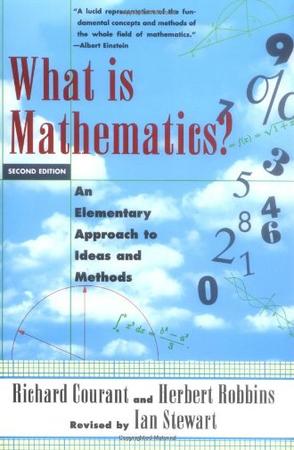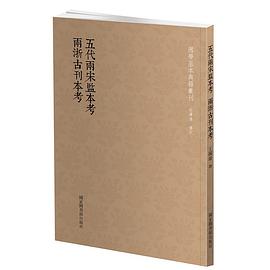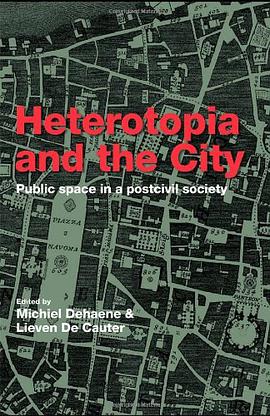What Is Mathematics?
内容简介
For more than two thousand years a familiarity with mathematics has been regarded as an indispensable part of the intellectual equipment of every cultured person. Today, unfortunately, the traditional place of mathematics in education is in grave danger. The teaching and learning of mathematics has degenerated into the realm of rote memorization, the outcome of which leads to satisfactory formal ability but does not lead to real understanding or to greater intellectual independence. This new edition of Richard Courant's and Herbert Robbins's classic work seeks to address this problem. Its goal is to put the meaning back into mathematics. Written for beginners and scholars, for students and teachers, for philosophers and engineers, What is Mathematics?, Second Edition is a sparkling collection of mathematical gems that offers an entertaining and accessible portrait of the mathematical world. Covering everything from natural numbers and the number system to geometrical constructions and projective geometry, from topology and calculus to matters of principle and the Continuum Hypothesis, this fascinating survey allows readers to delve into mathematics as an organic whole rather than an empty drill in problem solving. With chapters largely independent of one another and sections that lead upward from basic to more advanced discussions, readers can easily pick and choose areas of particular interest without impairing their understanding of subsequent parts. Brought up to date with a new chapter by Ian Stewart, What is Mathematics?, Second Edition offers new insights into recent mathematical developments and describes proofs of the Four-Color Theorem and Fermat's Last Theorem, problems that were still open when Courant and Robbins wrote this masterpiece, but ones that have since been solved. Formal mathematics is like spelling and grammar--a matter of the correct application of local rules. Meaningful mathematics is like journalism--it tells an interesting story. But unlike some journalism, the story has to be true. The best mathematics is like literature--it brings a story to life before your eyes and involves you in it, intellectually and emotionally. What is Mathematics is like a fine piece of literature--it opens a window onto the world of mathematics for anyone interested to view.
......(更多)
作者简介
R·柯朗(Richard Courant)是20世纪杰出的数学家,哥廷根学派重要成员。他生前是纽约大学数学系和数学科学研究院的主任,该研究院后被重命名为柯朗数学科学研究院。他写的书《数学物理方程》为每一个物理学家所熟知;而他的《微积分学》已被认为是近代写得最好的该学科的代表作。
H·罗宾(Herbert Robbins)是新泽西拉特杰斯大学的数理统计教授。
I·斯图尔特(Ian Stewart)是沃里克大学的数学教授,并且是《自然界中的数和上帝玩色子游戏吗》一书的作者;他还在《科学美国人》杂志上主编《数学娱乐》专栏;他因使科学为大众理解的杰出贡献而在1995年获得了皇家协会的米凯勒法拉第奖章。
......(更多)
目录
......(更多)
读书文摘
对于科学方法来说,重要的是应放弃形而上学性质的因素,而去考虑那些可观测的事实,把它们作为概念和构作的最终根源,放弃对“自在之物”的领悟,对“终极真理”的认识以及关于世界的最终本质的阐明,这对于质朴的热诚者来说,可能会带来一种心理上的痛苦,但事实上它却是近代思想上最有成效的一种转变。
数学,作为人类思维的表达形式,反映了人们积极进取的意志、缜密周详的推理以及对完美境界的追求。它的基本要素是:逻辑和直观、分析和构作、一般性和个别性。
类似于上述方框中加点的几何模型(如古代算盘),一直到中世纪的后期都被广泛地用在数值的计算上。从中世纪以后,它们才逐渐被建立在十进制上的更高级的符号方法所代替
......(更多)






